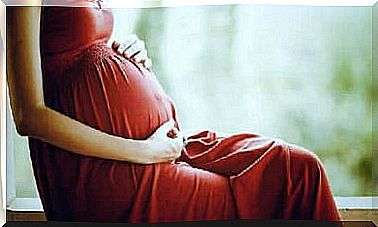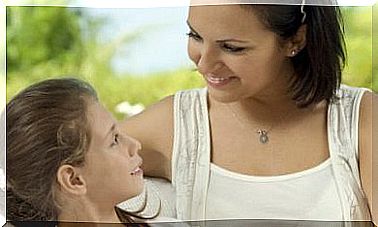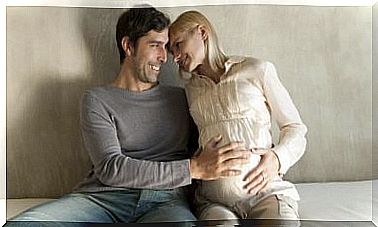Development Of Baby’s Visual Sense
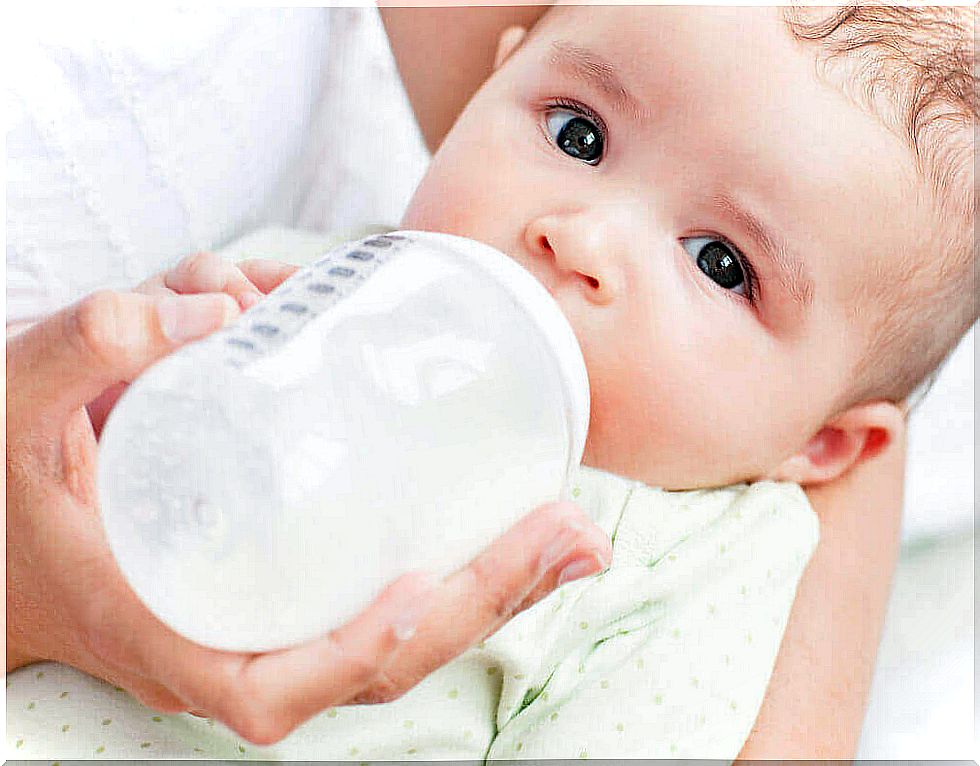
Did you know that we get more than half of the stimuli through our sense of sight? It is an extremely complex ability that is the most significant instrument of human perception. It allows us to perceive colors, shapes, distances, sizes, and many other parts of the surrounding reality. Just as with other human organs and senses, the development of the eyes and sense of sight also occurs gradually.
Central to the functioning of the visual sense are the eyes, which are two extremely fragile organs. The anatomy of eyes made up of many parts is very complex. Each point of the eye serves a specific purpose, either protective or functional.
Development of the baby’s visual sense
Sense of vision in the newborn
The senses of sensation, hearing, smell, and taste are almost fully developed at birth, but the sense of sight takes longer to develop to perfection. During the first month of life, the child’s brain is not yet ready to process all the information sent by the eyes.
Therefore, the baby’s vision is blurry and inaccurate, and a small child may have difficulty coordinating movements and gaze. It is normal for a child to look at it every now and then or his eyes wander to either side. In the coming weeks, the child will learn to focus better.
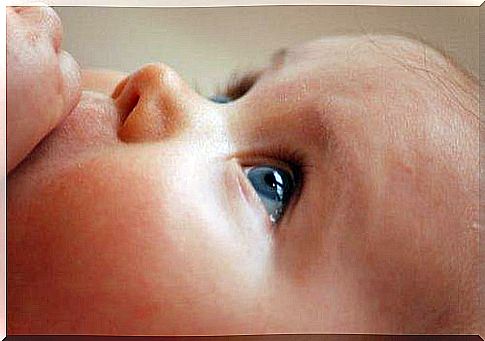
Sight after the first month of life
At the beginning of the second month of life, the child begins to distinguish colors and gradually pays more attention to bright and intense colors. At the same time, his ability to track objects with his gaze improves.
At about the end of the third month, the baby begins to move its hands and grasp objects , thanks to motor development. The development of nerve cells allows the baby to distinguish between shapes and other properties of objects.
From the fifth month onwards, the child distinguishes shapes better and is able to distinguish even smaller objects and their colors. As the baby grows and matures, vision becomes more precise, and at about 8-9 months of age, the child’s sense of sight is fully developed.
How is the baby’s vision taken care of?
Checks at the clinic and doctor are, of course, important, but other things also contribute to the well-being of the child’s eyesight. As with other areas of health, proper nutrition is key. A healthy diet is rich in vitamins, and vitamin A in particular helps treat a child’s vision.
At the same time, it is important to limit the time spent in front of the TV, computer and smartphone. When using these devices, make sure that the child is not sitting too close to the screen.
Parents should invest some money in decent sunglasses. This is the very basic thing to protect a child’s eyes from the sun’s UV rays. Sunglasses are not just an accessory, but a very necessary intermediate for health.

Vision problems in a child
The following may be signs that something is wrong with your child’s vision:
- Lack of coordination
- Difficulty recognizing shapes (near or far)
- Headache
- Itching in the eyes
- Constant dryness of the eyes
In the case of a baby, parents should be alert to the following symptoms and discuss the situation with a pediatrician:
- Inability to keep an eye on objects at three months of age
- One or both eyes do not move in a particular direction
- The inability to keep the eyes focused on a particular point
- Stains or discoloration in the pupils
Many factors can predispose a child to vision problems. The disorders may be hereditary or due to injury or exposure to harmful stimulation.

